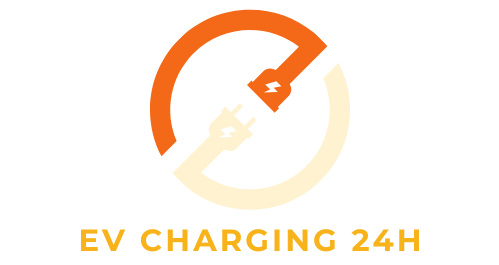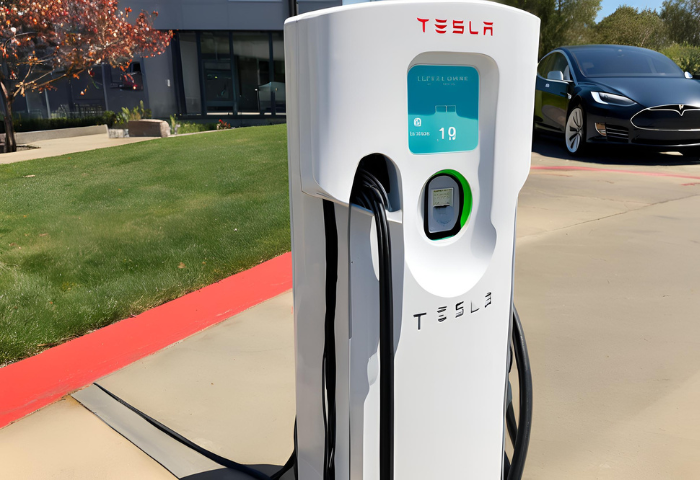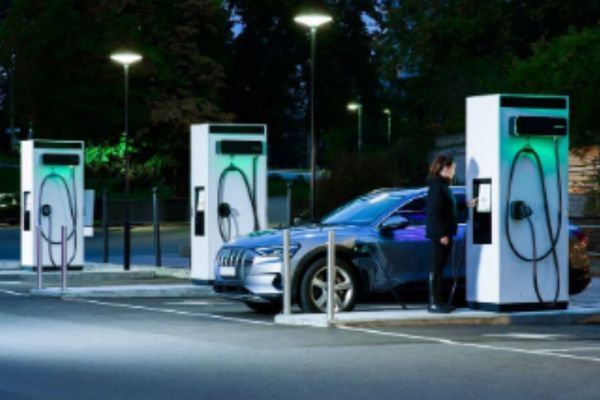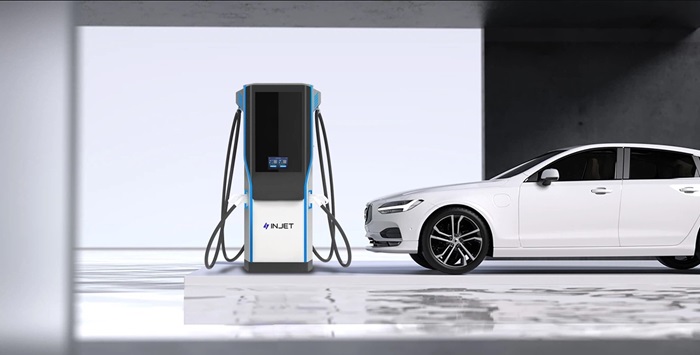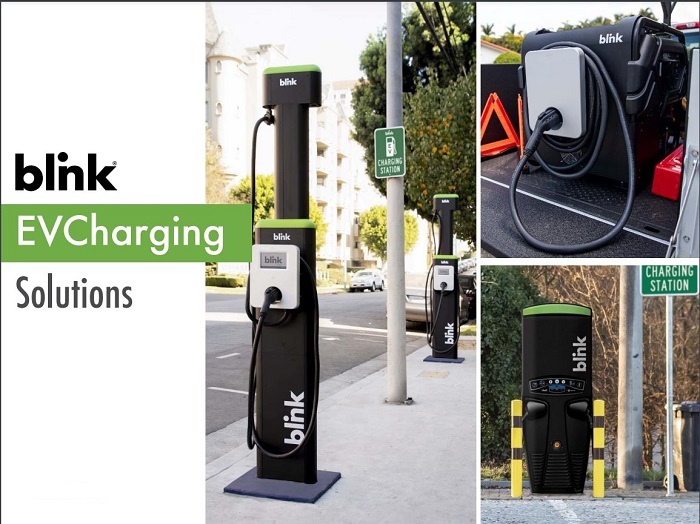Level 3 EV Charger Plugs: What You Need to Know
Level 3 EV charging, also known as DC fast charging, is a crucial component of the electric vehicle infrastructure, offering rapid charging solutions for EV owners on the go. Let’s delve into the types of Level 3 EV Charger Plugs, their advantages and limitations, and future developments in this field.

Types of Level 3 Chargers
CHAdeMO Chargers
- Developed by Japanese companies, primarily by Nissan and Mitsubishi, CHAdeMO chargers are commonly used by Asian automakers.
- They utilize a unique plug design and protocol for charging.
- CHAdeMO chargers can deliver high-power DC charging, enabling fast charging for compatible vehicles.
SAE Combo (CCS) Chargers
- CCS stands for Combined Charging System, and it’s the standardized charging system adopted by most American and European automakers.
- CCS chargers integrate both AC and DC charging capabilities into a single port, providing flexibility for EV owners.
- CCS chargers typically support higher power levels compared to CHAdeMO chargers.
Tesla Superchargers
- Exclusive to Tesla vehicles, Superchargers are Tesla’s proprietary fast-charging network.
- Superchargers are designed specifically for Tesla vehicles and are not compatible with other EVs unless using an adapter.
- They offer high-power charging, enabling Tesla drivers to quickly replenish their vehicle’s battery.
Advantages and Limitations
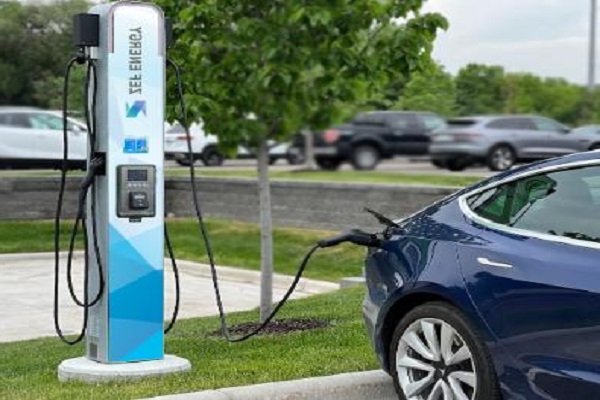
CHAdeMO Chargers
- Advantages: Widely deployed, especially in Asian markets. Offer fast charging for compatible vehicles.
- Limitations: Compatibility limited to vehicles equipped with CHAdeMO ports. Relatively lower adoption outside of Asia.
SAE Combo (CCS) Chargers
- Advantages: Standardized charging system adopted by most major automakers. High-power charging capabilities.
- Limitations: Incompatibility with vehicles not equipped with CCS ports. Availability might vary based on region.
Tesla Superchargers
- Advantages: Dedicated fast-charging network, offering convenience and reliability for Tesla owners. High-power charging.
- Limitations: Exclusive to Tesla vehicles. Limited compatibility with non-Tesla EVs unless using an adapter.
Future Developments in Level 3 Charging Standards
- Harmonization: Efforts are underway to harmonize charging standards globally to ensure interoperability and ease of use for EV owners.
- Increased Power Levels: Future Level 3 chargers are expected to support even higher power levels, reducing charging times further.
- Expanded Network: Continued expansion of fast-charging networks globally to cater to the growing number of electric vehicles on the road.
- Advanced Technology: Integration of advanced technologies such as V2G (Vehicle-to-Grid) and bidirectional charging for grid stabilization and energy management.
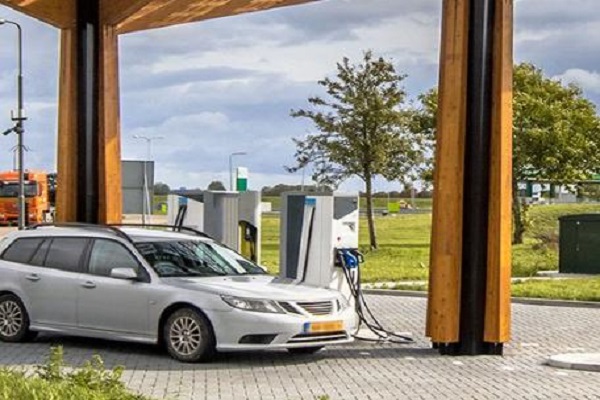
Compatibility and Vehicle Support for Level 3 Charging
While Level 3 charging offers the fastest top-up, it’s not a one-size-fits-all solution. Let’s delve into the compatibility factors:
Electric Vehicles Compatible with Level 3 Charging
- Not all EVs are created equal. While most modern EVs can handle Level 3 charging, some factors can affect compatibility:
- Onboard Charging System: The car needs to have a DC fast-charging compatible system built-in.
- Battery Type: Certain battery chemistries may not be optimized for high-power DC charging.
- Manufacturer Specifications: Check your owner’s manual to confirm Level 3 charging compatibility for your specific EV model.
Adaptors for Different EV Plugs
- The three main connector types (CHAdeMO, CCS, Tesla Supercharger) are not interchangeable.
- Using an adapter is generally not recommended by manufacturers due to potential safety risks and overheating issues.
- Your best bet is to ensure your car’s charging port matches the connector type available at the station.
Software and Firmware Considerations
- Occasionally, software updates from your car’s manufacturer might be required to optimize charging performance or unlock new features related to Level 3 charging.
- Keeping your car’s software up-to-date can ensure a smooth and efficient Level 3 charging experience.
Battery Size and Charging Capacity
- Bigger battery packs will take longer to charge even with Level 3, but they also offer a greater overall driving range.
- The charging capacity of your EV (measured in kW) will determine the maximum power it can receive from a Level 3 charger.
Impact on Battery Health and Longevity
- Frequent Level 3 charging, especially at very high power outputs, can generate more heat in the battery, potentially impacting its long-term health.
- Most manufacturers design their battery management systems to mitigate this risk, but it’s still recommended to rely on Level 3 charging for occasional quick top-ups rather than your primary charging method.
Accessibility and Availability of Level 3 Charging Stations
Finding a gas station is a breeze, but what about Level 3 chargers for your EV? Here’s how accessibility and availability are shaping the landscape:
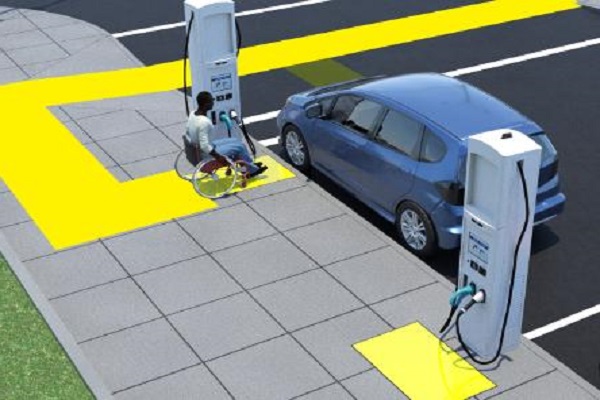
Locating Level 3 Charging Stations
- Several resources can help you find Level 3 charging stations on the go:
- Mobile Apps: Popular options include PlugShare, ChargePoint, and EVgo. These apps provide real-time station availability, connector types, pricing information, and user reviews.
- Mapping Services: Some navigation apps like Google Maps and Apple Maps now include EV charging station filters to help you plan your route with charging stops in mind.
- Network Websites: Many charging station network providers like Tesla Superchargers, Electrify America, and ChargePoint have searchable directories on their websites.
Network Expansions and Coverage
- The good news: The number of Level 3 charging stations is growing rapidly.
- The not-so-good news: Distribution can be uneven, with higher concentrations in urban areas and along major highways.
- Government initiatives and private investments are pushing for wider network expansion, but there’s still a way to go to achieve gas station-level ubiquity.
Apps and Resources for EV Drivers
- Several apps and online resources can help you navigate the world of EV charging, including:
- Charging Network Apps: As mentioned earlier, these apps help locate stations, check availability, and initiate charging sessions (for specific networks).
- EV News and Information Websites: Stay updated on the latest developments in charging infrastructure, government incentives, and EV technology.
- EV Forums and Communities: Connect with other EV drivers to share experiences, ask questions, and get recommendations for road trips and charging stops.
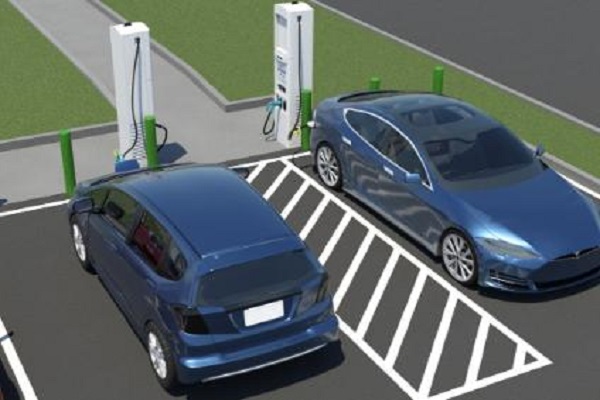
Government and Municipal Support Programs
- Many governments are offering incentives to encourage the adoption of EVs, including tax credits, rebates, and grants for installing charging infrastructure.
- Municipalities are also playing a role by investing in public charging stations and implementing policies that promote EV ownership.
The Role of Private Companies in Deployment
- Private companies like Tesla, Electrify America, and ChargePoint are at the forefront of Level 3 charging station deployment.
- These companies are establishing charging networks along highways, in urban centers, and at retail locations.
Environmental Impact
- Expanding the Level 3 charging infrastructure plays a crucial role in promoting EV adoption.
- As more people switch to EVs, reliance on fossil fuels for transportation decreases, leading to reduced greenhouse gas emissions and a cleaner environment.
Level 3 Charging and the Environment: A Double-Edged Sword
Level 3 charging stations offer a fast and convenient way to power your EV, but their environmental impact is a complex issue. Here’s a breakdown of both positive and negative aspects:

Reducing Carbon Footprint with EVs
- The primary benefit of EVs lies in their potential to significantly reduce greenhouse gas emissions compared to traditional gasoline-powered vehicles.
- Even when considering the electricity used for charging, EVs typically boast a lower carbon footprint over their lifetime.
Energy Sources for Level 3 Charging Stations
- The key factor influencing the environmental impact of Level 3 charging is the source of electricity used to power the stations.
- If the electricity comes from renewable sources like solar, wind, or hydro, the carbon footprint is minimized.
- However, if the grid relies heavily on fossil fuels like coal or natural gas, Level 3 charging can contribute to greenhouse gas emissions.
Lifecycle Analysis of Level 3 Charging Stations
- Manufacturing, installation, and maintenance of Level 3 stations require resources and energy, leading to an environmental footprint.
- However, advancements in material science and efficient station operations can help minimize this impact.
- Studies show that the environmental benefits of EVs outweigh the impact of charging stations over time, especially with a shift towards renewable energy sources.
Here’s some additional information to consider:
- Smart Grid Integration: Integrating Level 3 charging stations with smart grids can optimize energy use and encourage charging during off-peak hours when renewable energy sources are more abundant.
- Location Considerations: Placing stations strategically, such as near shopping centers or workplaces, can encourage shorter charging sessions and reduce reliance on personal vehicles.
conclusion
Level 3 charging stations are a key element in enabling a wider adoption of EVs, which ultimately contributes to a cleaner future. By promoting renewable energy sources and optimizing station operations, we can maximize the environmental benefits of this technology.

Henry Michael is a leading expert in EV charging station research, specializing in innovative solutions for electric vehicle infrastructure. With a passion for sustainability and technological advancement, he is dedicated to advancing the accessibility and efficiency of EV charging worldwide.
